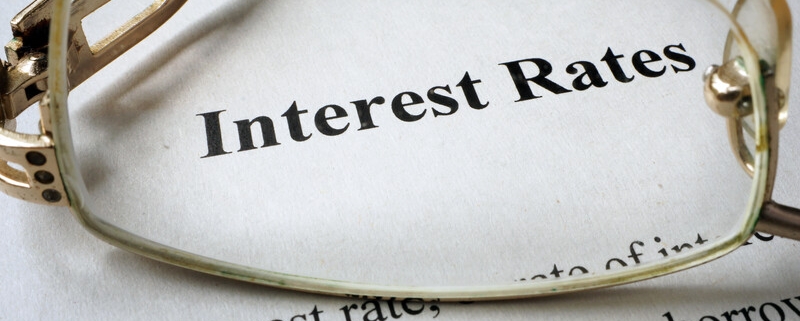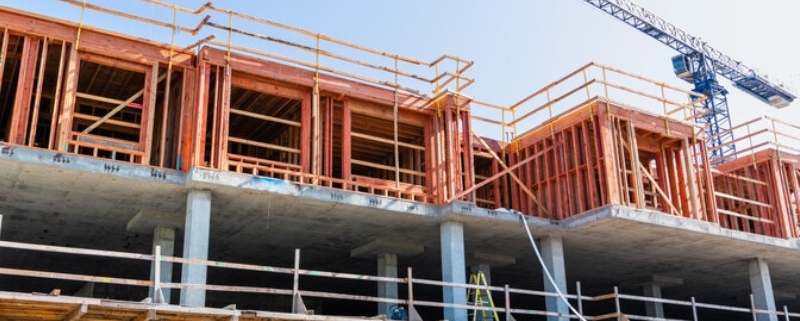The Federal Reserve’s October 2023 Financial Stability Report reads like a slightly early major Halloween trick for commercial real estate — no treat in the pages. Overly high asset valuations, even after all that’s happened so far, and ongoing high interest rates are flashing warning signs for the central bank.
One aspect is of particular concern to CRE professionals.
First, the overall view, based on a periodic survey the Federal Reserve Bank of New York conducts, the most recent having taken place from August 10 to October 4. Here is the top line:
“The two most frequently cited topics in this survey — the risk of persistent inflationary pressures leading to a more restrictive monetary policy stance and the potential for large losses on commercial real estate and residential real estate — were mentioned by three-fourths of all survey participants, up from one-half of all participants in the previous survey.”
The grim views are all focused on real estate, whether commercial or residential. For a bit of moderation, the survey was of 25 people, “including professionals at broker-dealers, investment funds, research and advisory fi rms, and academics,” the Fed wrote.
Far from a representative sample, but given the expertise, concerning. About 70% of the experts pointed to commercial and residential real estate as among the biggest risks over the next 12 to 18 months. The only other factors gaining that type of attention were a pairing of persistent inflation and monetary tightening. Auspicious company.
The big problem for CRE is valuation. As the Fed wrote, “Valuation pressures arise when asset prices are high relative to economic fundamentals or historical norms.” An apt description for commercial real estate. And elevated valuation pressures can “increase the possibility of outsized drops in asset prices.”
What is an apparent puzzlement in the Fed’s report is that even as prices have continued to decline, real estate valuations have remained elevated.
“Aggregate CRE prices measured in inflation-adjusted terms continued declining through August,” the report said. “Capitalization rates at the time of property purchase, which measure the annual income of commercial properties relative to their prices, have increased modestly from recent historically low levels but have not increased as much as real Treasury yields, suggesting that prices remain high relative to rental income.”
Office sector prices are particularly elevated, “where fundamentals are especially weak for offices in central business districts, with vacancy rates increasing further and rent growth declining since the May report.” But that doesn’t leave other sectors free and clear.
Some part, maybe significant, of this may be the ongoing lack of price discovery. With transactions down and many sellers holding off, waiting for improved pricing, while a lot of buyers look for bargains in distress, it’s hard to tell how much properties should be worth. CRE has the possibility of seeing significant additional drops in valuation, which would then cause even more problems with refinancing.
Source: GlobeSt.






